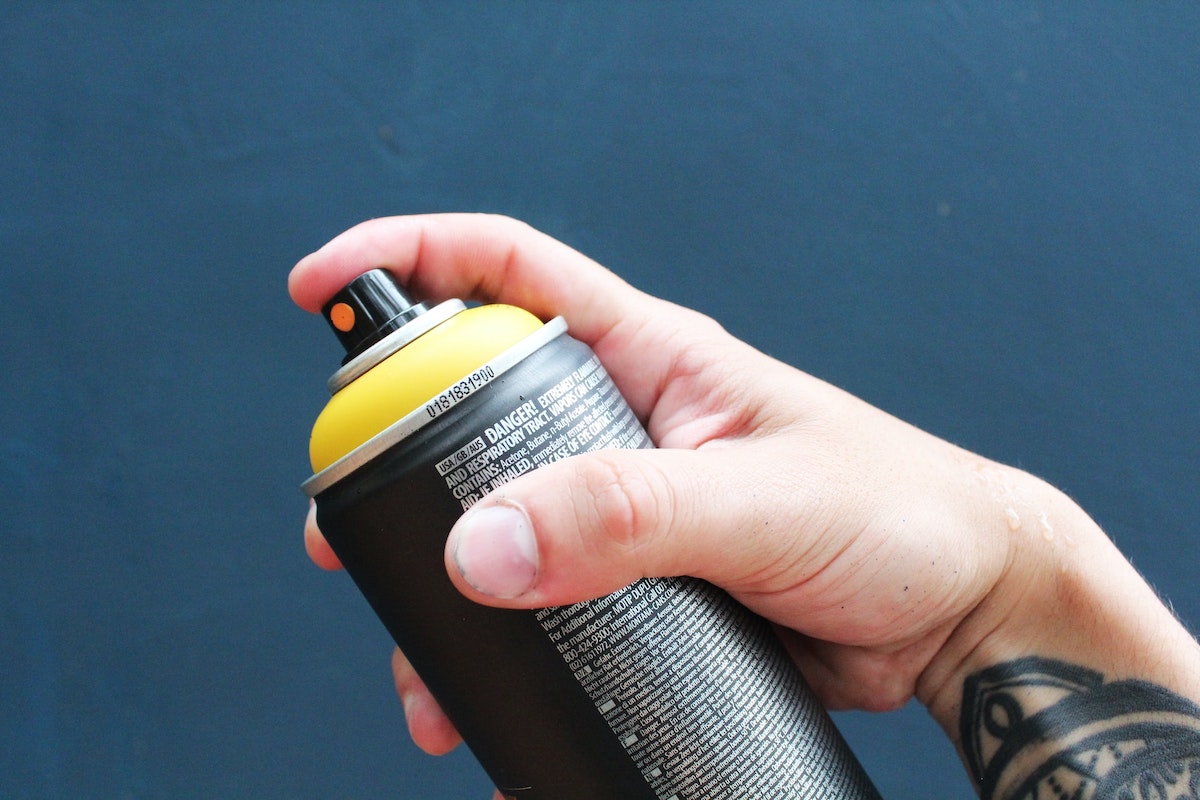Table of Contents
Aerosol is a self-pressurized packaging format that disperses products such as sprays, streams, gels, foams, lotions, or gases. It is made of metal, glass, or plastic containers with a permanently attached continuous or metered valve. Aerosol cans are made up of 10% aluminum and 90% tin-plated steel.
An aerosol is a suspension of liquid or line-solid particles in a pressured gas. Particle sizes in suspension aerosols that carry medications to the respiratory system must vary from 1 to 5 microns, with no particle exceeding 10 microns in size. An aerosol spray is a dispensing tool that releases a mist of liquid particles into the air.
Types Of Aerosol Cans
Aerosol cans are systems that rely on the strength of a compressed or liquefied gas to release the medication from a container. The medication is released when the valve on an aerosol is opened. Aerosols are pressurized dosage forms with one or more medications within.
Based on various criteria, aerosols can be divided into different categories. They can be categorized depending on the size of the airborne particles (coarse or fine) or on their source, which can be either anthropogenic (like power plants) or natural (like the ocean or volcanoes). They fall into two categories: primary (directly transmitted into the atmosphere) and secondary (formed within the atmosphere from gases).
They can also be arranged according to where they reside in the atmosphere, either in the troposphere (low altitude) or the stratosphere (high altitude).
There are four fundamental categories for aerosol cans. Straight Wall, Monoblock, Shaped, and Necked-in. Aluminum, steel, plastic, and glass can all be used to make them. These cans contain either compressed gas or liquefied gas as the propellant. The cans come in either two or three pieces.
Shaped
Shaped aerosol cans are used to distinguish brands in the retail setting while improving shelf appeal. Furthermore, a shaped bottom will make it easy to use up all of the product inside the can.
Necked-In And Straight-Wall Cans
The personal care, home, paint, automobile, pesticide, and industrial product industries all employ both necked-in and straight-wall aerosol cans. If you look at the very top of the can, which is where it is sealed, you can tell the difference between Straight-wall and Necked-in Cans (the rim).
The Straight-wall will continue without deviating directly into the rim, but the Necked-in can indent before doing so. Both are strong, but necked-in cans are regarded as being very strong.
Monoblock Aerosol Cans
One-piece aerosol cans are called monoblock cans. The monoblock aerosol can offer exceptional product integrity features while maintaining high safety and hygiene standards. The cam rim can be created either way. These are suitable for use with all formulas and propellant types.
Bottom Line
To safely hold pressurized liquids and gases, aerosol cans are often manufactured in various ways using metals. Most commonly used household aerosols are constructed from a thin sheet of steel coated with another material to prevent rusting or reactions with the product or propellant.


